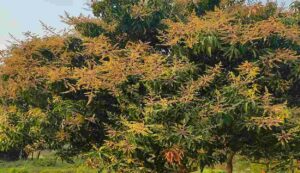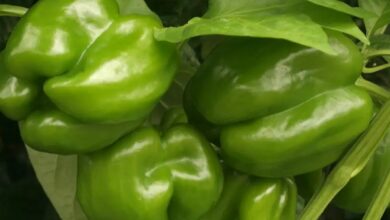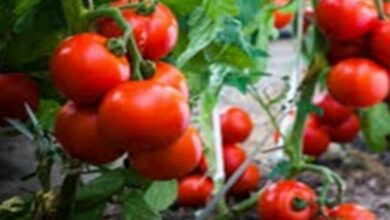Mango Cultivation: Learn how to take care of mango flowers here
Mango Cultivation: Known as the “king of fruits,” the mango is the most significant and well-liked fruit in India. In North India, the states of Uttar Pradesh, Bihar, Punjab, Haryana, and Uttarakhand are home to the majority of mango orchards. Mango tree flowering is a crucial stage that has a direct impact on fruit yield. During mango blossoming, farmers must deal with a lot of issues and queries. Mango bud-related commonly asked questions and their detailed answers are provided in this page.

Mango trees blossom when?
Mango flowers typically bloom from January to March in North India. Depending on the temperature, humidity, variety, and management strategies, this period may be a little ahead or behind.
What kind of circumstances should be ideal for flowering?
- For mango buds to develop, the temperature must be cool and dry.
- It should be between 10 and 15 degrees Celsius at night and 25 to 30 degrees Celsius during the day.
- Diseases or the dropping of flower buds might result from excessive humidity and persistent rain.
- The mechanism by which flower buds develop may be impacted by cold and fog.
Do all types of mangos bloom at the same time?
- Mango varieties may differ in when their bloom buds appear.
- Flowers bloom in February and March at Dussehri, Langra, Chaunsa, and Bambaiya.
- Mallika and Amrapali are hybrids that bloom somewhat later than other kinds.
Do mangoes yield the same quantity of blossoms each year?
A phenomenon known as “odd fruiting” occurs when mangoes produce a lot of fruits and flowers one year and fewer blossoms the following. Varieties like Dussehri and Langra are more likely to have this issue.
What are the primary reasons why mango blossom buds fall off?
Extreme cold, fog, rain, or high winds are examples of climate-related causes.
- Deficiencies in zinc, boron, and nitrogen are examples of nutrients.
- Diseases and pests include mango hopper infestation, anthracnose, and powdery mildew.
- Overwatering: Overwatering during the bud stage results in the fall of flowers.
What can be done to stop the buds from dropping?
Mango orchards should not be irrigated when the blooms are in bloom or during bud time.
- Spray two to three times with the following compounds as needed, such as
- Thiophanate methyl (0.1%) or carbendazim (1%) are used to treat fungal infections.
- Imidacloprid (0.05%) or dimethoate (05%) are used to control insects.
- Potassium nitrate (1%) and boron (2%): To promote floral growth.
Which diseases and insects target mango buds?
Principal insects
- By suckling the liquid from the buds, the mango hopper damages the fruit.
- Flowers are damaged by thrips.
- Mealy bugs cause the blooms to fall by sucking the sap from the plants.
Principal illnesses
- The white fungus on the buds is called powdery mildew.
- Anthracnose: The blooms and buds collapse and become black.
- Dieback: The branches and buds wither away.
- How can the illnesses and pests mentioned above be controlled?
- Apply a 5% imidacloprid spray to control insects.
- For disease control, use a solution of sulfur (2%) or copper oxychloride (0.3%).
Does irrigation have an impact on the mango’s bud development process?
Flowering is impacted when new soft leaves appear as a result of excessive watering prior to bud development. As a result, once the bud appears, modest watering should be applied.
Does increasing bud development need a particular nutrient?
The following elements are necessary to increase the number of buds: potassium, phosphorus, boron, and zinc.
In June and July, each ten-year-old tree benefits from 1 kilogram of urea and 0.5 kg of muriate of potash, and in September and October, each tree benefits from 50–60 kg of compost, 2 kg of single super phosphate, and 0.5 kg of muriate of potash.
During blooming, spray zinc sulfate (0.5%) and boron (0.2%).
How can I improve my mango’s chances of producing fruit?
- The number of buds may be increased by spraying Planofix at a rate of 1 milliliter per three liters of water just before the buds develop.
- Spraying Planofix at a rate of 1 milliliter per three liters of water slows down the pace at which buds fall, preventing fruit fall from overflowering.





